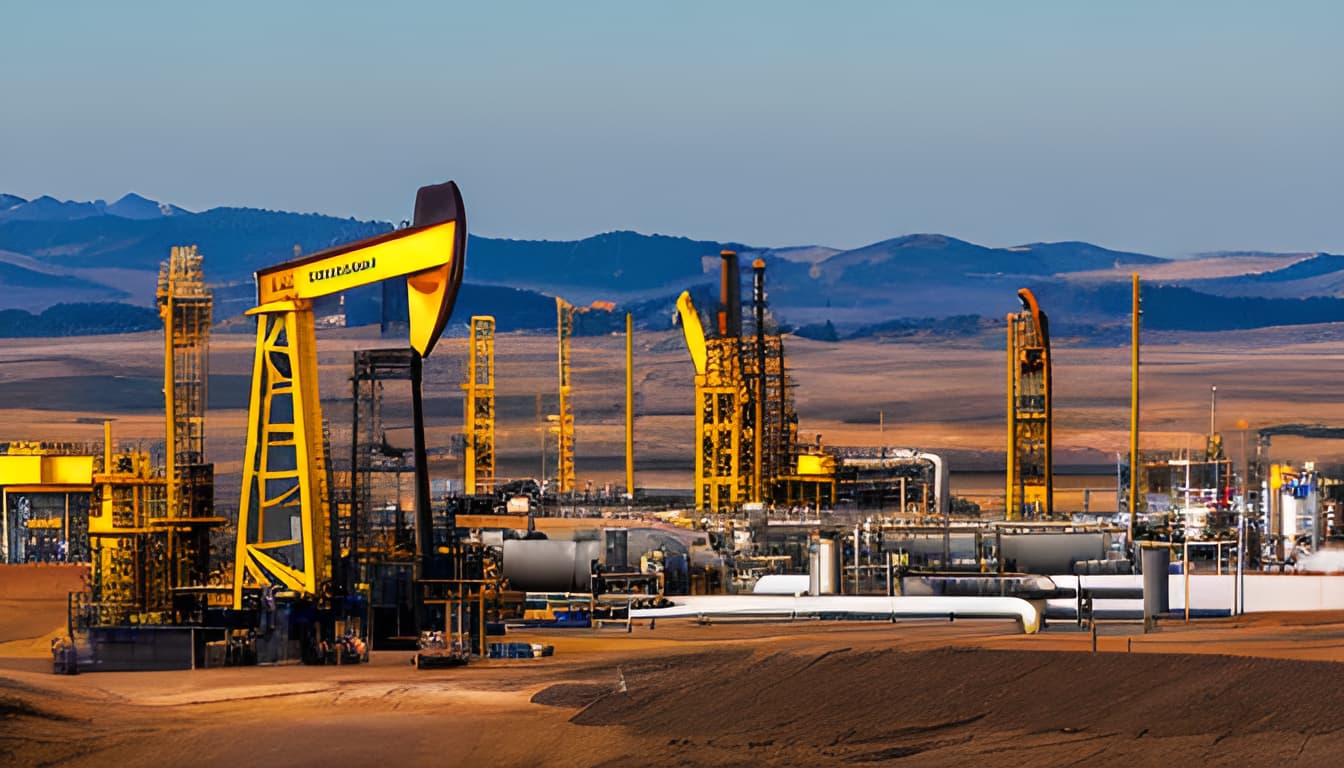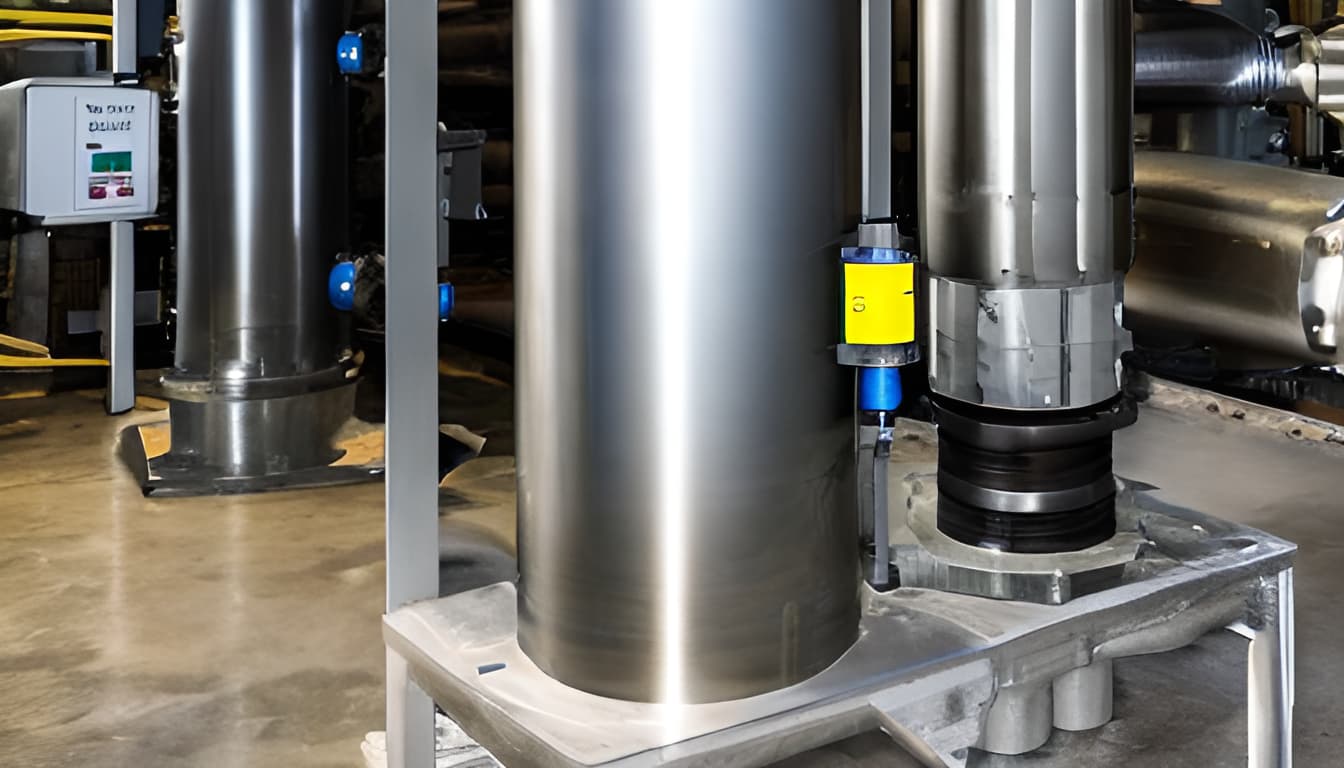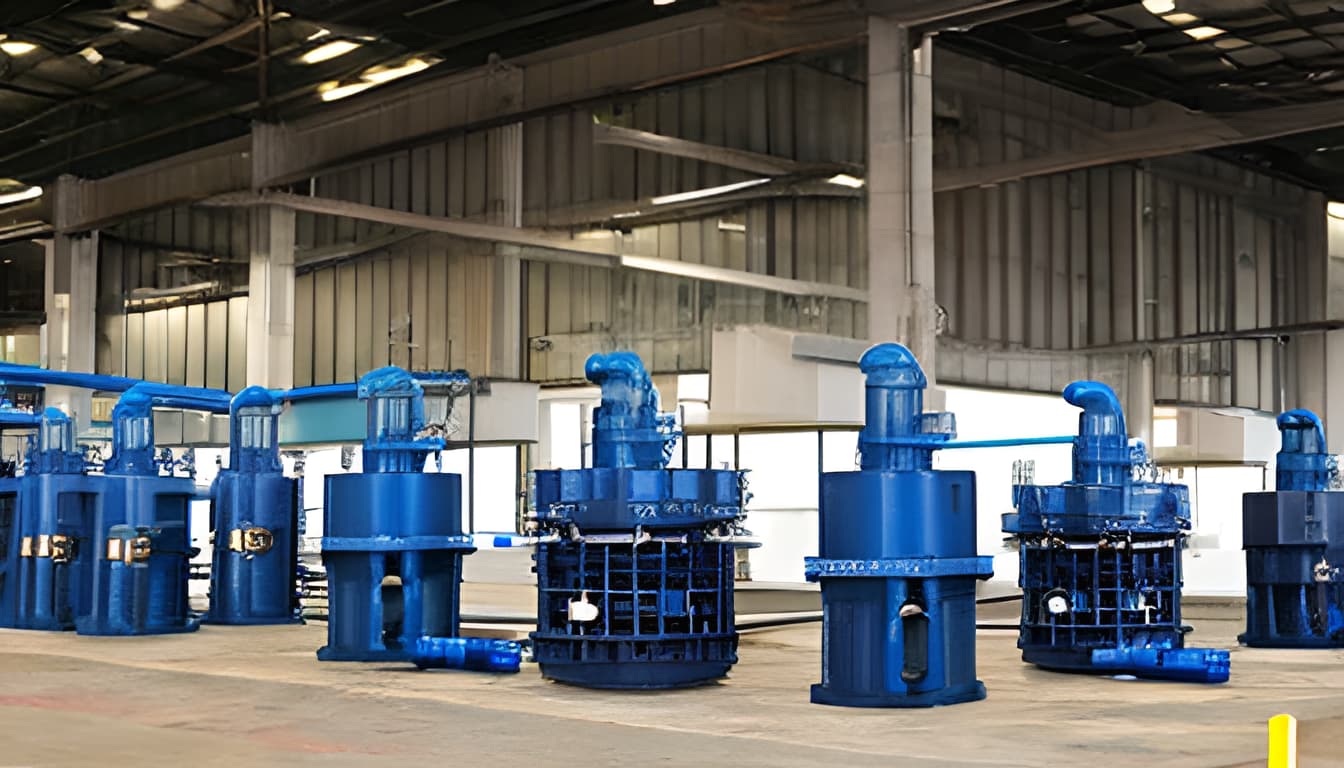Within the oil and gas industry, safety and precision are paramount due to its demanding and hazardous nature. Gas ball valves and flow control ball valves, such as Jomar gas ball valves, are instrumental in ensuring safe and efficient operations. This article delves into their critical role and contributions to safety within the oil and gas sector.
Understanding Gas Ball Valves and Flow Control Ball Valves
Before delving into their applications, it’s essential to understand the essence of Jomar gas ball valves and flow control ball valves and how they function.
Gas Ball Valves are a type of quarter-turn valve equipped with a spherical closure element. The magic of these valves unfolds with a 90-degree rotation of the valve handle, allowing them to either allow or block the flow of gas. This simple yet ingenious design provides a reliable and effective seal, preventing gas leaks and offering a critical safety feature.
Flow Control Ball Valves, on the other hand, are engineered for precision. They are designed to regulate the flow rate of gases within a pipeline with exceptional accuracy. These valves allow for fine-tuning of gas flow, making them essential in maintaining operational control and safety, particularly in processes where flow adjustment is frequent and critical.
Safety Challenges in the Oil and Gas Industry
The oil and gas industry operates under unique and challenging conditions. It often involves high pressures, extreme temperatures, and the handling of potentially hazardous materials. Safety, therefore, is of utmost concern due to the constant risk of accidents, equipment failures, and environmental incidents. Ensuring the integrity of equipment and infrastructure is vital in this industry, and valves play a pivotal role in achieving this.
The Role of Gas Ball Valves and Flow Control Ball Valves in Safety
Gas ball valves and Hayward flow control ball valves are chosen for critical applications within the oil and gas sector because of their reliability and precision. Their design allows for quick and precise shut-off, making them invaluable in emergencies.
Gas ball valves excel in providing a secure seal, preventing gas leaks that could lead to potentially catastrophic consequences, including explosions or fires. They are often found at wellheads and in pipelines, where gas containment is critical to preventing blowouts and maintaining well integrity.
Flow control ball valves, on the other hand, are deployed in situations where precise control over gas flow is necessary. This level of control ensures safe and efficient operations, allowing operators to respond swiftly to changes in demand, process variations, or emergencies.
Applications of Gas Ball Valves and Flow Control Ball Valves in the Oil and Gas Industry
These valves find extensive use in various applications across the oil and gas sector:
Wellhead Control: Gas ball valves are used at wellheads to control the flow of gas and oil. They play a crucial role in preventing blowouts and maintaining well integrity, safeguarding both personnel and the environment.
Pipeline Isolation: Flow control ball valves are employed to isolate sections of pipelines for maintenance or emergency response. This ability to isolate segments minimizes the impact of potential leaks or accidents.
Tank and Vessel Management: Valves are instrumental in managing tanks and vessels within the industry. They regulate the flow of gas, ensuring safe and efficient operations, and preventing overpressure or underpressure conditions.
Emergency Shutdown Systems: Both types of valves are integral components of emergency shutdown systems, ensuring rapid and reliable isolation in critical situations. In emergencies, every second counts, and these valves deliver swift shut-off to prevent disasters.
Compliance and Standards
Safety within the oil and gas industry is governed by stringent regulations and industry standards. Gas ball valves and flow control ball valves must meet these standards to ensure their reliability and performance in critical applications. Compliance with these standards is crucial for protecting personnel, equipment, and the environment.
Innovations in Ball Valve Technology
Advancements in valve technology continue to enhance safety and efficiency in the oil and gas industry. Smart valve systems are becoming more prevalent, enabling real-time monitoring and control. These systems allow for proactive maintenance, reducing downtime and improving safety. With the ability to remotely monitor valve status and performance, operators can respond rapidly to any deviations, enhancing safety protocols.
Ensuring Environmental Responsibility
Environmental responsibility is a growing concern in the oil and gas industry. Gas ball valves and flow control ball valves, with their ability to prevent gas leaks and regulate emissions, contribute significantly to minimizing the environmental impact of operations. Properly maintained valves are crucial for preventing environmental incidents, safeguarding ecosystems, and reducing the industry’s carbon footprint.
Conclusion
Gas ball valves and flow control ball valves are unsung heroes of safety in the oil and gas industry. Their precision control and reliability make them indispensable in environments where safety is non-negotiable. These valves help prevent accidents, protect the environment, and ensure efficient operations, embodying the industry’s commitment to safety and environmental responsibility. As technology continues to advance, we can expect even more sophisticated and integrated solutions to further enhance safety within this vital sector. The role of gas ball valves and flow control ball valves in ensuring the safety and sustainability of the oil and gas industry cannot be overstated. They are the silent sentinels that protect lives, equipment, and the environment in this demanding and ever-evolving industry.



